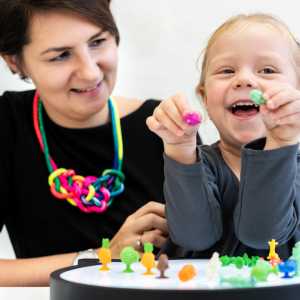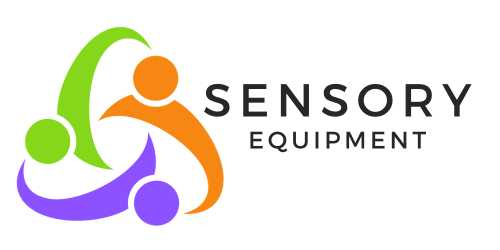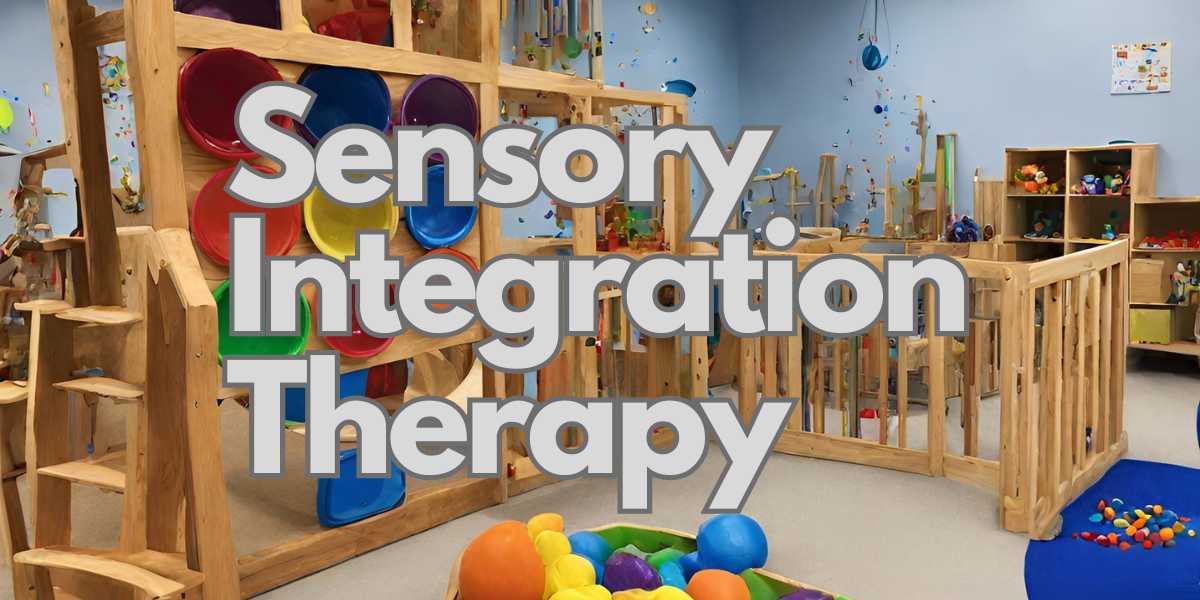Sensory Integration Therapy, also known as Sensory Integration or Sensory Processing Therapy, is an occupational therapy approach designed to help individuals with sensory processing disorders (SPD) or sensory integration dysfunction. These conditions involve difficulties in processing and responding to sensory information from the environment. Sensory integration therapy aims to help individuals develop better sensory processing skills and improve their ability to respond appropriately to various sensory stimuli.
The concept of Sensory Integration Therapy is based on the work of Dr. A. Jean Ayres, an occupational therapist and psychologist who developed the theory in the 1970s. It is grounded in the idea that the nervous system can adapt and change through sensory experiences. Sensory integration therapy focuses on providing structured and therapeutic sensory experiences to help individuals organize and integrate sensory information more effectively.



Here’s how sensory toys are often used as part of this therapeutic approach:
- Sensory Input: Sensory toys are specifically chosen to provide a variety of sensory inputs, including tactile, auditory, visual, vestibular (balance and movement), and proprioceptive (body awareness) sensations. These toys are selected based on an individual’s sensory profile, which is determined through assessments by an occupational therapist.
- Gradual Exposure: Therapy typically begins with sensory experiences that are well-tolerated by the individual and then gradually introduces more challenging stimuli. This gradual exposure helps individuals adapt to different sensations and reduces sensitivities or aversions.
- Regulation: Sensory toys can assist individuals in self-regulating their sensory responses. For instance, items like fidget spinners or stress balls can be used to help individuals calm themselves when they are overstimulated or agitated. On the other hand, more stimulating toys like swings or trampolines can be used to provide alerting sensory input for those who are underresponsive to sensory stimuli.
- Individualized Approach: Sensory integration therapy is highly individualized. The choice of sensory toys and activities is tailored to the person’s specific sensory needs and goals. Therapists work closely with individuals and their families to develop a treatment plan that addresses their unique sensory challenges.
- Play-Based Learning: Sensory toys are often used in a play-based context, making therapy enjoyable for children and adults alike. Play is a natural way to engage with and learn from the environment, which is essential for those with sensory processing disorders.
- Home-Based Strategies: Sensory toys can also be incorporated into home-based interventions. Occupational therapists often recommend sensory toys for use at home to reinforce the therapy and continue progress outside of the clinic or therapy setting.
It’s important to note that sensory integration therapy should be conducted by trained occupational therapists who have experience in working with individuals with sensory processing disorders. These professionals can develop and modify therapy plans to meet the specific needs of each person and provide guidance on the appropriate use of sensory toys to achieve therapeutic goals.
Overall, sensory integration therapy, including the use of sensory toys, aims to help individuals with sensory processing disorders become more comfortable and capable of navigating their sensory-rich world.





